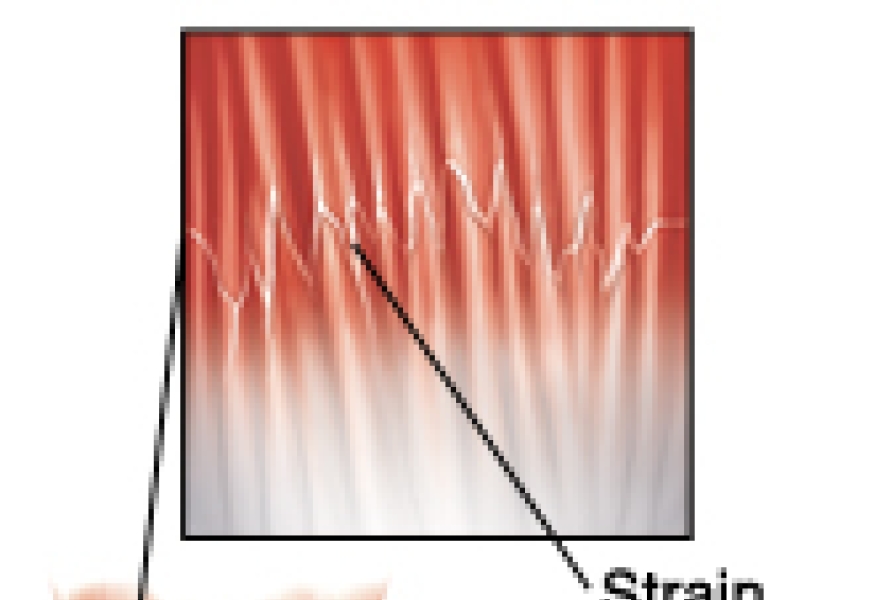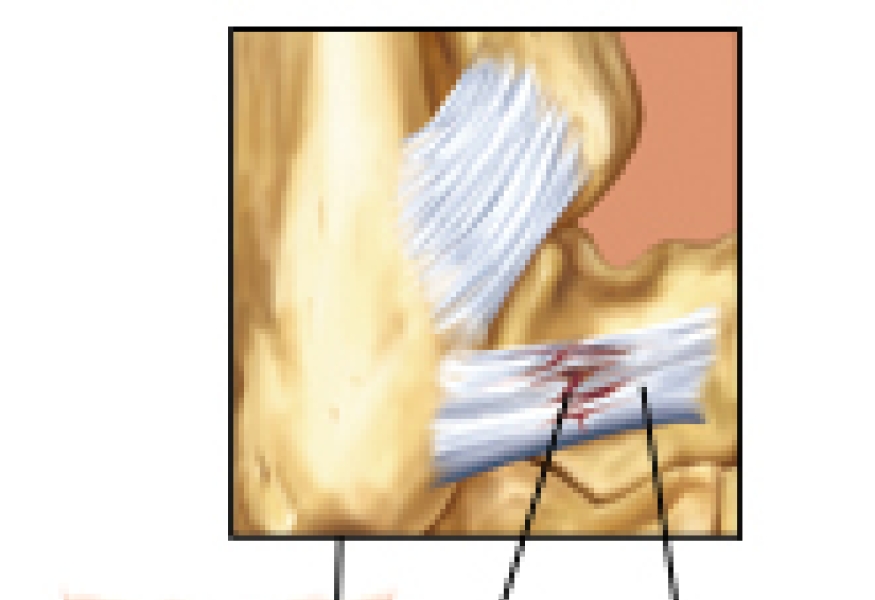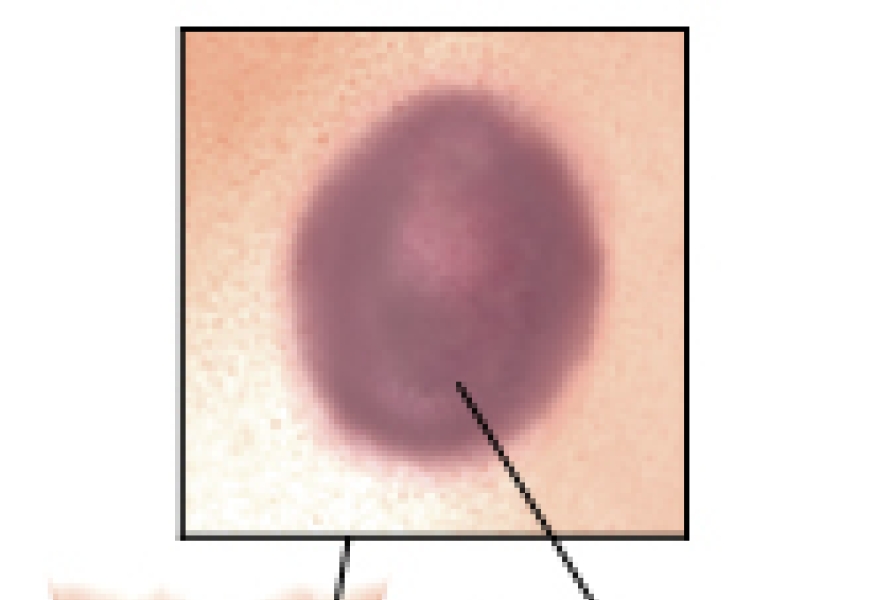Topics
Strains, sprains, and contusions are common injuries in athletes. These injuries are similar, but involve different types of body tissue. Most of these injuries happen during sports or active play. But they can occur at any time. A strain, sprain, or contusion can be painful. With the right treatment, most heal with no lasting problems.
|
|
|
|||||||||
What is a strain?A strain is an injury to a muscle or to a tendon (tissue that connects muscle to bone). It is sometimes called a “pulled muscle.” A strain happens when a muscle or tendon is stretched too far or is partially torn. Symptoms of a strain are pain, swelling, and having a problem moving or using the injured area. The hamstring (posterior thigh muscle), calf muscle, and Achilles tendon are commonly strained. |
What is a sprain?A sprain is an injury to a ligament (tissue that connects bones to other bones). Joints contain many ligaments. A sprain happens when a joint is twisted or pulled and the ligament stretches or tears. Symptoms of a sprain are pain, swelling, and having a problem moving or using the injured area. Ankles, knees, and wrists are the joints most commonly sprained. |
What is a contusion?A contusion is commonly called a bruise. It is injury to tissue that causes bleeding without breaking the skin. It is often a result of being hit by a blunt object such as a ball or bat. Symptoms of a contusion are discoloration of the skin, pain (which can be severe), and swelling. Contusions usually aren’t serious and don’t need medical attention. But a large, painful, or very swollen bruise, or a bruise that limits movement of a joint such as the knee should be seen by a doctor. |
How are strains, sprains, and contusions diagnosed?
The doctor asks about your athlete’s symptoms and medical history. An examination is also done. An X-ray (test that creates images of bones) may be done to rule out broken bones.
How are strains, sprains, and contusions treated?
- Strains and sprains can take up to months to heal. If not treated and allowed to heal, a strain or sprain can lead to long-term problems. These include lasting pain and stiffness. So it is important to follow the doctor’s instructions.
- The pain of a contusion often resolves within the first week. But the swelling and discoloration may take weeks to go away.
Treatment consists of one or more of the following:
- RICE (which stands for “Rest, Ice, Compression, and Elevation”)
- Rest. As much as possible, the athlete should not use the injured area. In some cases, your athlete may be given a brace or sling to keep an injured joint still. Your athlete may also be given crutches to keep some weight off a strain to the leg or a sprain to the ankle or knee.
- Ice. Put ice on the injured area 3–4 times a day for 20 minutes at a time. Use an ice pack or bag of frozen peas wrapped in a thin towel. Never put ice directly on your athlete’s skin.
- Compression. If instructed, wrap the area to keep swelling down. Use an elastic bandage. Do this only as instructed by your child’s doctor.
- Elevation. Have your athlete raise the injured body part above the level of his or her heart.
- Medications to relieve inflammation and pain. These will likely be NSAIDs (non-steroidal anti-inflammatory drugs). NSAIDs include ibuprofen and naproxen. Give these medications to your child only as directed by your athlete’s doctor.
- Physical therapy (PT) is an important component of treatment. It can help to restore function.
- Casting of the affected area to keep it still and allow the strain or sprain to heal.
- Surgery may be needed if the strain or sprain is severe and there is tearing. During surgery, the torn muscle, tendon, or ligament is repaired.
What are the long-term concerns?
If allowed to heal, most strains, sprains, and contusions cause no further problems. Strains or sprains that are not treated and don’t heal properly can lead to pain or stiffness that doesn’t go away. Be sure to follow your athlete’s treatment plan. Your athlete’s doctor can tell you more about the expected outcome based on your child’s injury.
Preventing strains, sprains, and contusions
If playing sports or doing other athletic activity, be sure your child:
- Has proper training.
- Wears protective gear.
- Warms up before activity and cools down afterward.
- Uses proper equipment.
- Doesn’t play hurt (with an injury).


